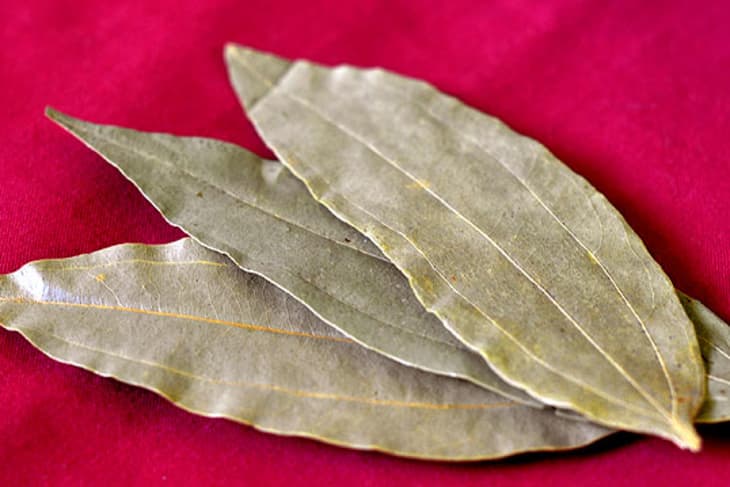Ingredient Spotlight: Indian Bay Leaf
These were labeled “bay leaves” at our local Indian market, but we knew they weren’t exactly the same as the standard bay laurel leaves in our spice cupboard. The intensely sweet cinnamon aroma convinced us to take a bag home. But what were they?
According to our Indian cookbooks and spice guides, these are known as Indian bay leaves, cinnamon leaves, cassia leaves, or tejpat/tej patta in Hindi. Longer and wider than bay laurel leaves, they come from the same family but are less woodsy and piney in flavor and more akin to cinnamon and cloves.
In northern India, the leaves are used to perfume spice mixes, kormas, and Kashmiri curries. We have been substituting them for bay laurel leaves in soups and sauces. The cinnamon aroma goes especially well with lentils and even tomato sauce.
To buy Indian bay leaves, your best bet is probably to visit an Indian grocery store. Ordering them online might be confusing, as we noticed that often the images (stock photos?) are of bay laurel leaves. Bay laurel leaves have single veins running down the center, while true tej patta leaves have three veins. We have only had the dried leaves, but our sources say fresh ones are not to be missed if you find them.
Related: From the Spice Cupboard: Bay Leaf
(Image: Emily Ho)
